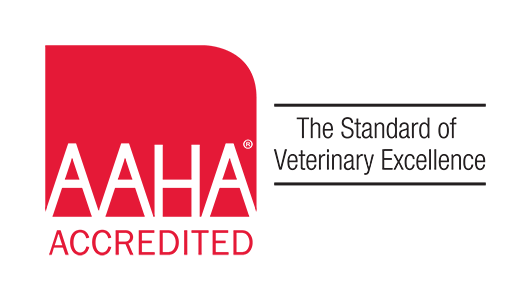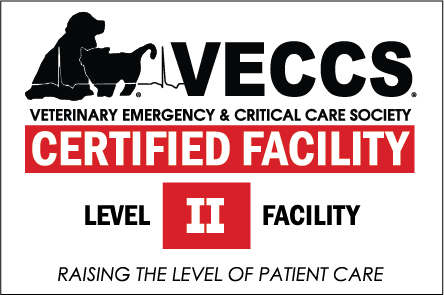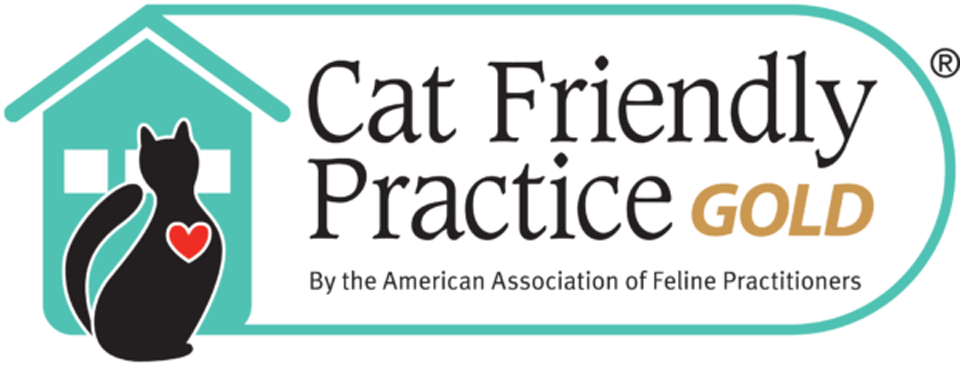- Patient assessments
- Consultations
- In-house therapy
- Out-patient therapy
- Custom weight loss and fitness programs
- Acute and chronic pain management
- Individualized home exercise programs
- Specific therapies
Assessments
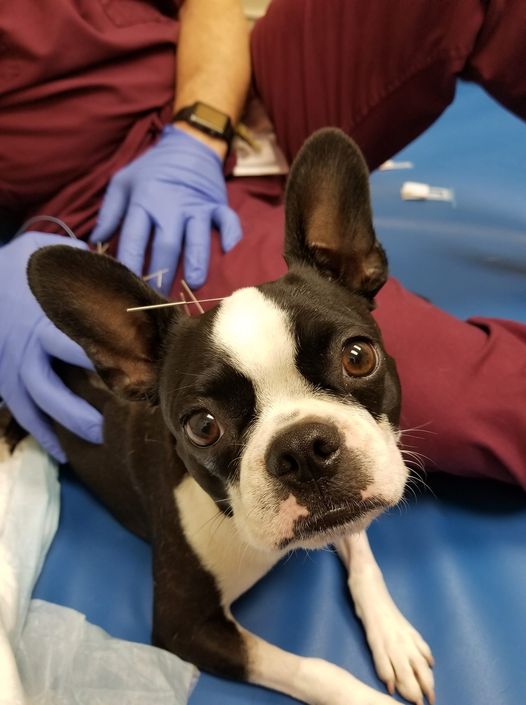
Each patient receives a thorough physical examination and rehabilitation assessment prior to planning a customized rehabilitation plan. The initial assessment may include measurements of joint range of motion, muscle mass, body condition scoring, and lameness scoring. Pain assessments are also made on every animal. The initial evaluation may include consults with other specialists in the Veterinary Medical Teaching Hospital for other health issues if they may impact the rehabilitation program.
Consultations
New clients can expect to have an in-depth discussion of pertinent medical and surgical history, to give the rehabilitation team a complete understanding of the patient’s health status. After completing the initial assessment, we will discuss our goals for the patient and the proposed rehabilitation plan. Our rehabilitation plans incorporate a holistic approach. We consider all the potential health issues and routinely discuss topics such as pain management and optimal diet.
We also provide phone consultations with veterinarians for patients that they are treating and patients they wish to refer.
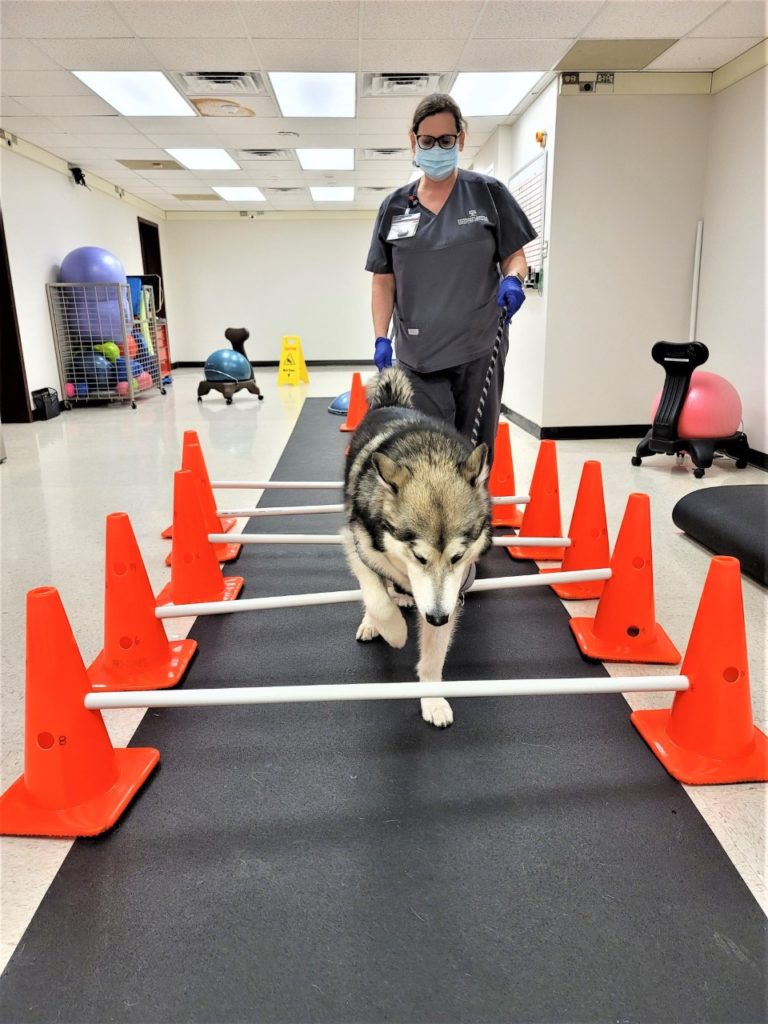
In-house Therapy
Dogs and cats undergoing neurologic or orthopedic surgery at VMTH typically begin receiving some basic rehabilitative therapies as soon as they leave the operating room. Patients who remain in the hospital after surgery will receive therapy, based on the recommendation of the clinician caring for the patient.
Outpatient Therapy
Therapy on an outpatient basis is indicated for many surgical patients after they have been discharged from the hospital. Outpatient therapy may also be indicated for patients who have not had surgery. This may be the situation if the patient has a condition for which surgery is not indicated.
Out-patient therapy is often two or three times weekly, with the patient being dropped off and picked up at the client’s convenience.
Custom Weight Loss & Fitness Programs
The key to any weight loss program is a combination of diet and exercise. VSMR offers dietary consultation and can provide guidelines for exercises to be done at home. The home exercise program may be done alone, or to complement exercises performed at our facility.
Healthy dogs can also benefit from a regular exercise program. Regular work-outs in the aquatic treadmill provide great exercise for dogs that need to stay fit or for canine athletes who need to stay in top condition for their sport or work activities.
Acute & Chronic Pain Management
Multiple modalities are used to manage pain these may include medication, laser, shockwave, ultrasound, exercises, and underwater treadmill. The plan will be tailored to your pet’s needs.
Individualized Home Exercise Program
Every patient who receives rehabilitation at Texas A&M will receive an individualized home exercise program at the time of discharge. The home exercise program will include specific, detailed instructions to help you and your pet achieve your rehabilitation goals and will be modified as the patient progresses.
Geriatric (Senior) Pets
We love our senior pets! As our pets age, they can have some of the same age-related changes we do. They slow down from arthritis, lose muscle mass, and often have chronic pain. It may not be obvious, as they hide it so well! Maybe they are just a little slower or don’t like their usual walks. Maybe they are withdrawn from the family or even get a little snippy when they haven’t been previously. There are things we can do to improve their quality of life and let them be a part of the family. We use a combination of pain management and different modalities to help your pet be more active and functional in their senior years.
Specific Therapies
- Therapeutic Exercises
- Aquatic or “Underwater” Treadmill
- Thermal Agents
- Therapeutic Ultrasound
- Electrical Stimulation
- Laser
- Acupuncture
- Manual therapy
- Custom orthotics and prosthetics
- Cart-fitting
Therapeutic Exercises
Therapeutic exercise is a key component of most rehabilitation programs. Therapeutic exercises may include simple weight-shifting activities or the use of specific equipment such as cavalettis, physiorolls, and balance equipment. The exercises will progress and become more challenging as your pet improves.
Aquatic Treadmill (Underwater Treadmill)
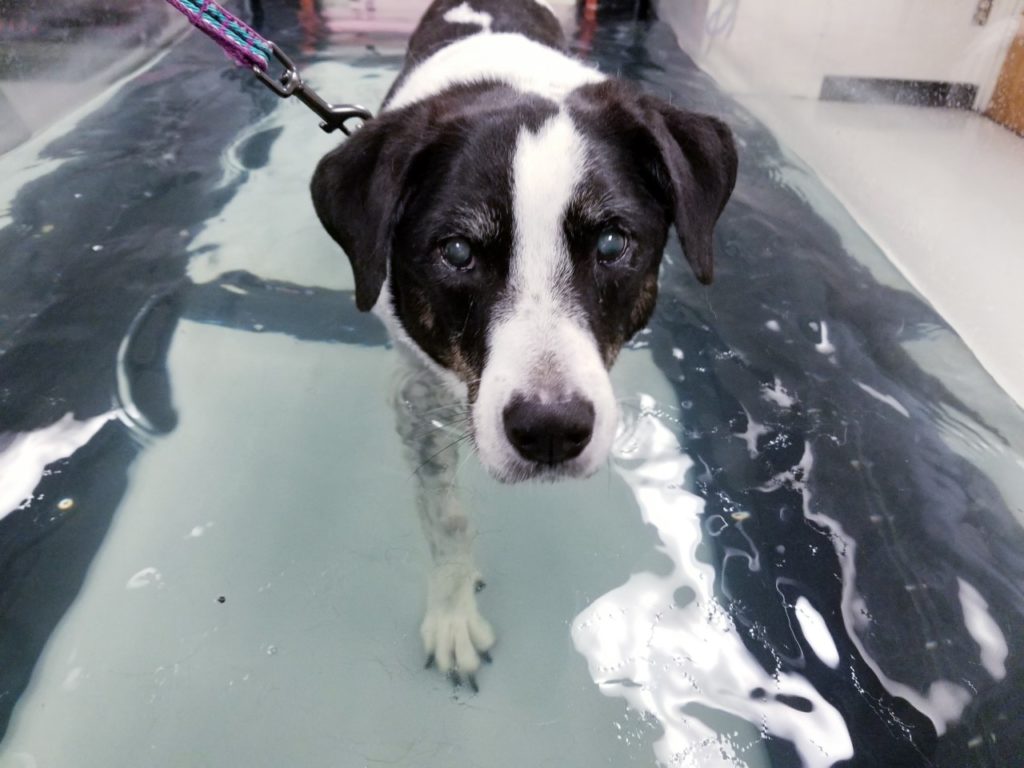
The aquatic treadmill provides a type of therapeutic exercise that is particularly helpful to enable injured or weak animals to exercise. Aquatic therapy provides buoyancy, so your pet does not have to support its full body weight. Water provides resistance to every movement, which helps strengthen and build muscle. In addition, the pressure and warmth of the water can assist in pain relief. Our treadmill also has water jets, which can be used to increase resistance during exercise or for a spa effect to relax when the treadmill belt is not moving. The aquatic treadmill can be used for cardiopulmonary conditioning, which can be very beneficial for improving performance in working dogs or for helping obese animals to exercise and lose weight.
Therapeutic Ultrasound
Therapeutic ultrasound provides deep tissue heating to relieve pain and assist with stretching of injured muscles. Therapeutic ultrasound may also be used to decrease inflammation in tendons or reduce scar tissue formation and facilitate healing.
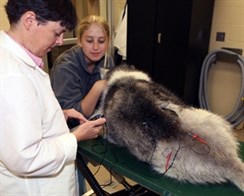
Electrical Stimulation
Electrical stimulation is used in two different ways:
- Neuromuscular electrical stimulation (NMES) is a type of electrical stimulation that is used to prevent muscle atrophy, increase strength in a specific muscle group, or reeducate muscle function in paralyzed animals. A low-level electrical current is applied to muscle tissue using electrode patches on this skin, which results in a muscle contraction.
- Transcutaneous electrical nerve stimulation (TENS) is a type of electrical stimulation used to reduce pain in an area.
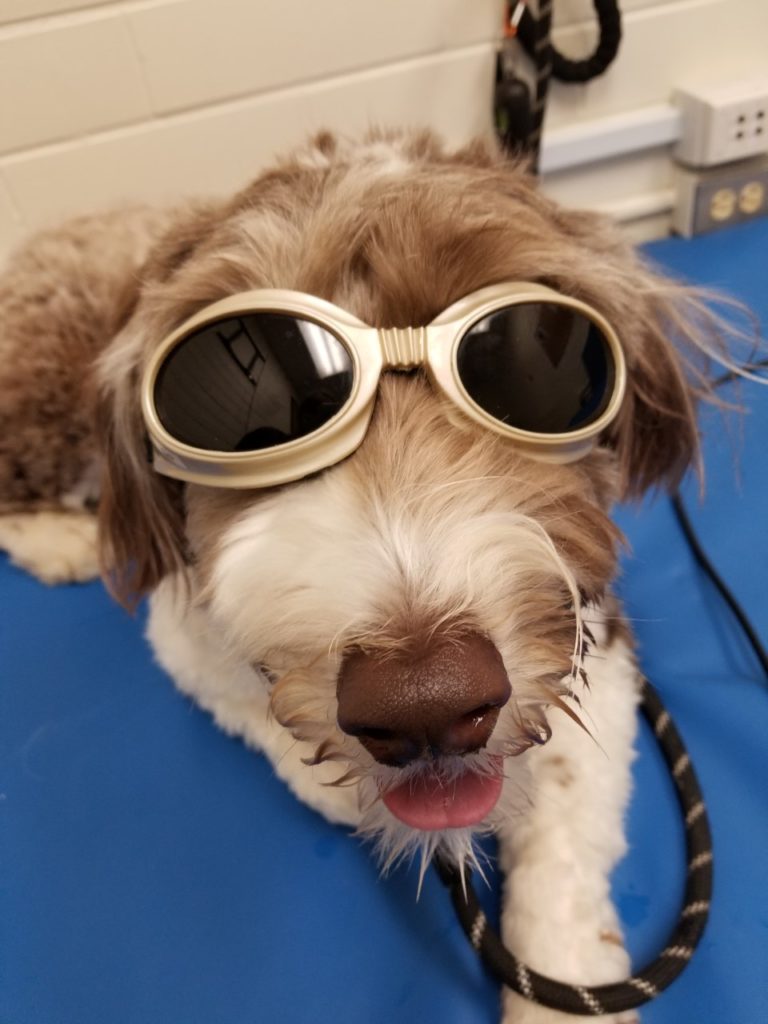
Laser
Laser therapy is used to reduce pain and enhance wound healing. It generally is used for multiple treatments and is well tolerated by patients.
Acupuncture
Acupuncture is frequently used in a therapeutic program to treat pain. It can also be used to complement medical therapies in the treatment of many other disease processes.
Manual Therapy
Manual therapy involves various techniques in which therapists use their hands to affect the muscles, ligaments, and other soft tissues. Much of the manual therapy that we perform includes a passive range of motion, stretching, joint compressions, massage, and myofascial release.
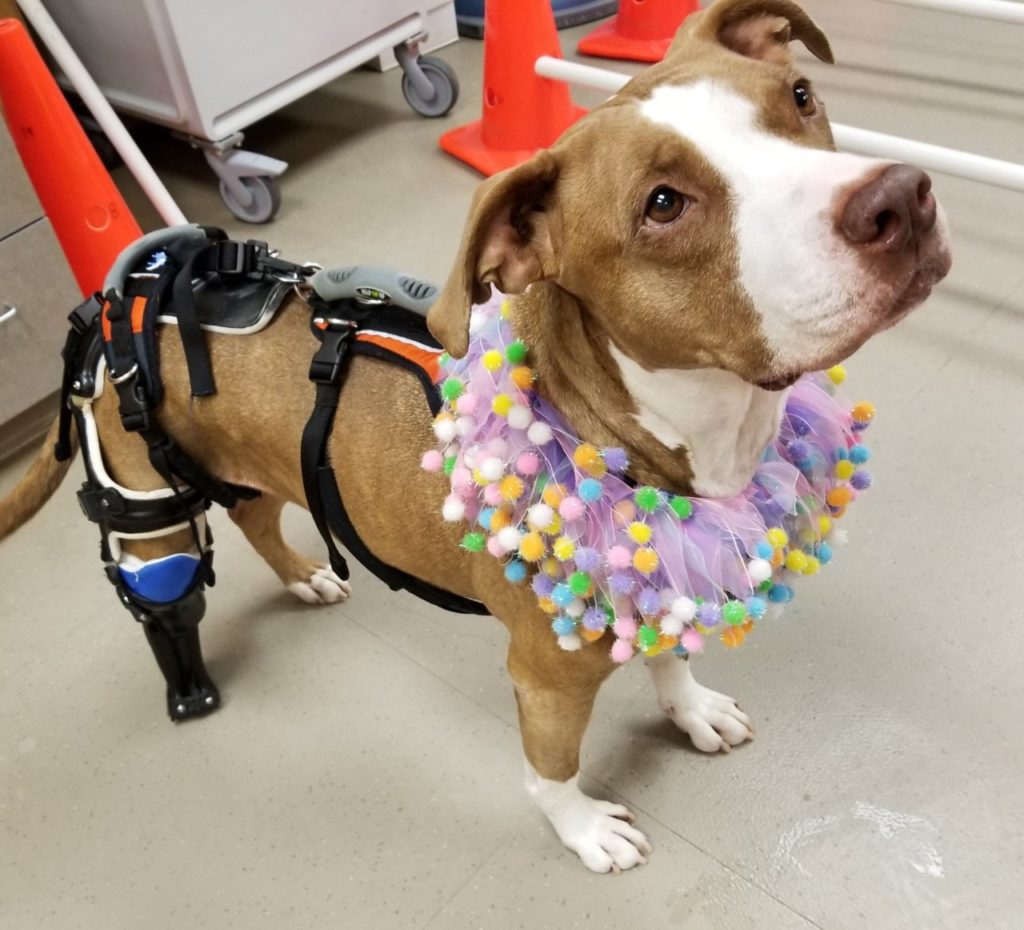
Custom Orthotics, Prosthetics, & Wraps
A wrap or orthotic are devices that provide support to a body part, while a prosthetic is a device that replaces a body part. Orthotics may be used on a temporary basis to protect an area that is recovering from an injury or surgery. Orthotics may also be used in cases where there is permanent dysfunction. We will evaluate if one is appropriate for the patient and measure/cast as needed. We will also check fit and make minor adjustments.
Cart fitting
Some dogs who have a neurologic condition or severe musculoskeletal problems may need a cart to give them independent mobility. We measure the patient prior to ordering a cart and will help adjust the cart for the best fit and function.

